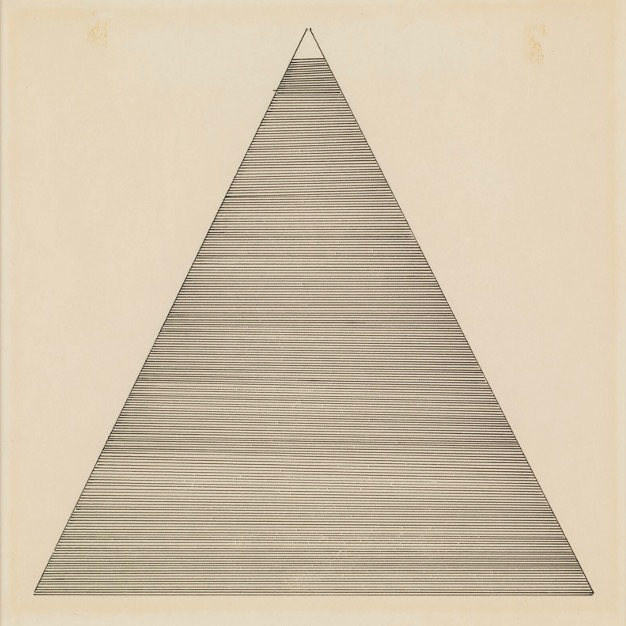Note: This is the third in a 4-part series of articles on Lenses & Filters of The Creative Eye. You can find parts 1 here, 2 here and 4 here.
In the first two parts of this series, we discussed the 3 lenses and the first 3 filters of creativity.
Now, we’re going to explore the next 3 filters of creativity.
These 3 are:
1. The Essentialism Filter
2. The Isolation Filter
3. The Functionality Filter
Let’s get started.
The Essentialism Filter
Less is More
The less choices we have, the easier it is to decide. This is a psychological principle called “Hick’s Law”. This is why our minds appreciate simplicity and minimalism.
Wait, minimalism? Isn’t this the Essentialism Filter?
Essentialism is practical minimalism. It is minimalism that works.
This is why the first iPhone was such a hit. Unlike its competitors, it didn’t have an
awkward, clunky keyboard. It had one button. One.
Minimalism is hard to execute, however.
Let’s see this in action.
If you’re looking for essentialism, you can’t go wrong with the Aurelia Aurita, also
known as the Moon Jellyfish.

Source: Wikimedia
Nature has designed the Moon Jellyfish with simplicity and elegance. And
essentialism. Its features are limited to:
1. A bell-shaped body.
2. 4-8 tentacles to catch prey.
3. A mouth to eat.
4. A simple muscular system for movement.
5. A simple nervous system for sensing its surroundings.
6. A canal system for movement and orientation.
7. 4 reproductive organs.
Minimal is not always essential. But essential can be minimal. Let’s see this in art...

Untitled by Agnes Martin. Source: WhitneyMedia
Agnes Martin is one of the forerunners for the Minimalist Art Movement.
Her painting, Untitled, shown above, uses extremely simple shapes and an extremely (and intentionally) limited colour palette.
This is a beautiful painting. It’s also a masterpiece of “embracing the essential”
thinking, with its simple composition and a single, pale colour palette.
Here are 3 reasons why essentialism matters:
1. Focus: Removing the extra retains the essential.
2. Elegance: Essentialism creates elegance through precision and attention to
detail.
3. Versatility: Essentialism is extremely versatile, and makes sense in many more
contexts.
This is the power of essentialism.
It removes the unnecessary to retain the essential.
The Isolation Filter
Difference creates Definition
Our minds tend to focus on the “odd one out” when seeing things that are similar.
The one that stands out gets noticed in the short-term, and remembered in the long-term. Let’s see this in action.

Kakapo Illustration. Source: Wikimedia Commons
Nature is an expert at this.
Nature’s design uses isolation to create endemic species (species isolated to a specific place).
These are species that are isolated from their peers and evolve into a new species with unique attributes.
A beautiful example of this is the Kakapo, also known as the Owl Parrot. It’s an
endemic species only found in New Zealand.
It’s huge. It’s the heaviest parrot in the world, weighing up to 4 kilograms.
It’s flightless. It’s the only flightless parrot in the world.
It’s nocturnal. It sleeps during the day.
It’s polygamous. Unlike other parrots, the male Kakapo has several mates in its
lifetime.
These are all results of isolation.
Isolation creates differences. These differences create definition.
Let’s see this in art:

The Night Watch by Rembrandt. Source: Wikimedia Commons
In the “Night Watch”, Rembrandt uses lighting and shadow to isolate two members of the Night Watch in the foreground, and a lady with a chicken on the left (Lord knows what her deal is).
This isolation guides your eye to the focal point right at the center. This is not by
accident or coincidence. Rembrandt knew exactly what he was doing.
This is the power of isolation.
It creates uniqueness and focus through separation.
The Functional Filter
Form is Function
Of all the filters we spoke about, and will speak about, this is probably the one that relies on the Lens of Logic the most.
It is the filter of function, and sees things for their utility.
This is a filter that, in itself, is the “odd one out” among all the filters.
It’s incredibly powerful, and forces the creative to switch thinking hats instantly.
Let’s see this in nature.

Source: Wikimedia Commons
This is a lion.
He’s called the King of the Jungle, even though he lives mostly in:
1. Savannas (grasslands with scattered trees)
2. Grasslands (land with grasses, herbs and non-woody plants) and...
3. Woodlands (land with a few trees—this is a middle ground between a
savanna which has very few trees and a forest which has many trees).
Very few lions are found in the Gir forest. Most of them are in Africa.
Physically, what separates the lion from all the other cats?
His mane.
No other cat has it.
But let’s put on our Functional Filter and analyse his mane...
You might think it’s a coincidence and the lion just got lucky.
Nope.
There are 2 major functions to his mane:
1. Protection: The thick mane protects his neck and head when he fights other
males.
2. Intimidation: The mane makes him look larger and more frightening. It gives
him presence.
But wait.
Technically these two reasons would apply to the tiger too, right?
Surely the tiger too would do well with protection and intimidation, right?
Right. He would.
Then he too should get a mane, right?
Wrong. He shouldn’t.
Keep your Functional Filter on.
The tiger lives in dense forests. The lion lives in dry, open areas.
The mane would not do well for the tiger, who already has thick fur for insulation.
There’s more than meets the eye, and this filter uncovers a lot of interesting things.
This is the power of functionality.
It creates purpose and utility through art and design.
In the next part of this series, we’ll take a look at the next 3 filters:
1. The Flow Filter
2. The Gradient Filter
3. The Focus Filter
You can read it here.
Happy creating!


Comments